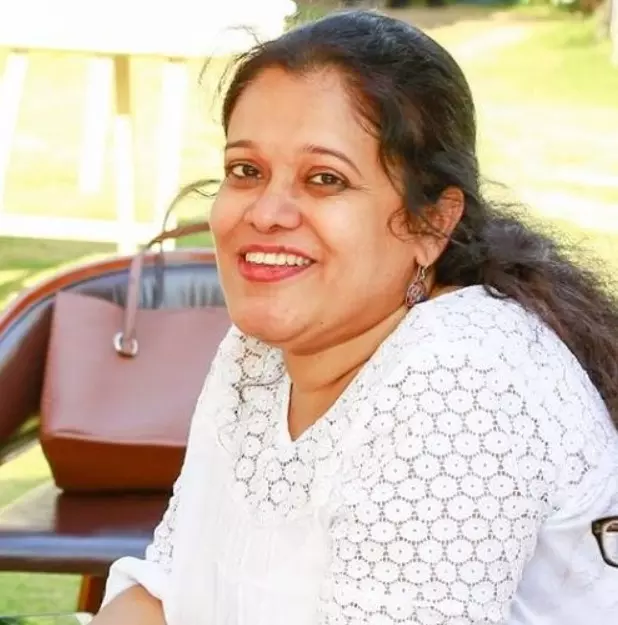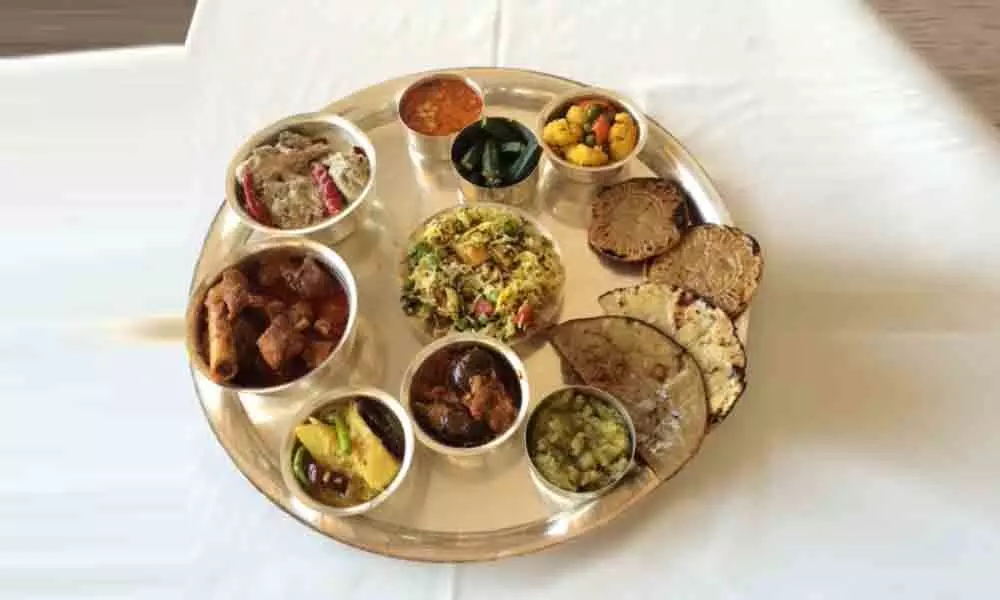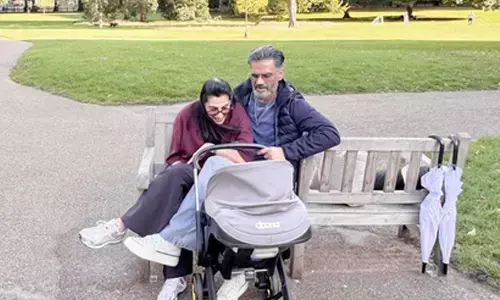Stories from Rajputana kitchens
Kunwar Hemendra Singh of Bhainsrorgarh, Mewar and Kunwarani Vrinda Kumari were in Hyderabad last month.
Kunwar Hemendra Singh of Bhainsrorgarh, Mewar and Kunwarani Vrinda Kumari were in Hyderabad last month. They brought along with them a treasure trove of royal recipes all the way from Rajasthan, and personally curated and cooked some of the delectable traditional recipes handed down by generations of the royalty, during a 'Royal Fables' event.
Delicately cooked meats in rich ingredients, using a whole lot of curd, milk, ghee, using home grown spices including zafraan that showcases the Kashmiri influence, dry fruits like almonds, flavouring agents like the Kachri powder and employing elaborate cooking methods, mark the fine cuisine of the Rajputana – the royalty of Rajasthan.
And it is this cuisine that Hemendra Singh and his wife, who has grown to love his passion for food, wish to take with them all around India and beyond.
"Much of India thinks Rajasthani food is all about vegetarian. There is a reason for this. Much before even Gujaratis it was the Marwadis that travelled to Kolkata, Mumbai and across India. And with them their food travelled. In fact, Rajasthani food is varied. Each region has its style of food – the western desert region is all about millets, especially bajra, in Mewar we use a lot of Makka, wheat is everywhere and is used even in desserts, the state has a lot of cattle and so we use a lot of dairy. We have the poeasant food, the banias, the Jains and the food of the royal families. There are a whole lot of non-vegetarian dishes, especially from the royal kitchens," shares Hemendra Singh.
"It would trouble us that even in Delhi, all people spoke about was daal bhati and kair sangria when referring to Rajasthani cuisine. And we decided we will tell the world about the rich Rajputana cuisine. We personally cook to ensure the dishes are as authentic as possible. If something goes wrong, we know exactly what that is," shares Vrinda.
Dishes like Makka Soita – which can be called a royal khichdi going by its characteristics, and is in fact a porridge made using the slow cooking method, safed maas, hare mirch ki maas and a whole lot of recipes learnt from his grandmother, mother, their old retainers – find a place in Kunwar Hemendra Singh's cook book. "It's like I have started to learn since the time I started to walk. I used to follow my mother into the kitchen to watch the way spices were being used, the seasoning being added, the curry changing its colour – every facet of cooking fascinated me."
The royal couple revel in talking about their food. Why not? Each of the recipe is not only preserved and recreated for the food lovers to relish and learn about the rich cuisine, and each of the dishes carries memories and stories making them even more delightful.
Kunwar saab's father had a lot of guns and he being a poet loved to name them in his own style. He called them Jeev, Pran…and he also used to name the dishes. The couple, Hemendra and Vrinda have in their treasure trove a delectable halwa made by slow cooking channa dal in milk, with a lot of ghee, which goes without saying. While they make it a little thick and easy to eat, it was originally runny in consistency and nothing short of heaven in taste. The father named it Amrit Gutka.
On the other hand, is this Piste ki halwa, which Vrinda narrates, "was once fed to Hemendra's sister by her mother, every day. The young girl was getting married, and it is only later that I learnt that the dish was supposed to make her skin glow. Good food is good for body and skin as well."
They say in unison, "Every moment when our food is being appreciated is a great one for us. Our idea is just to take it to different places."


















